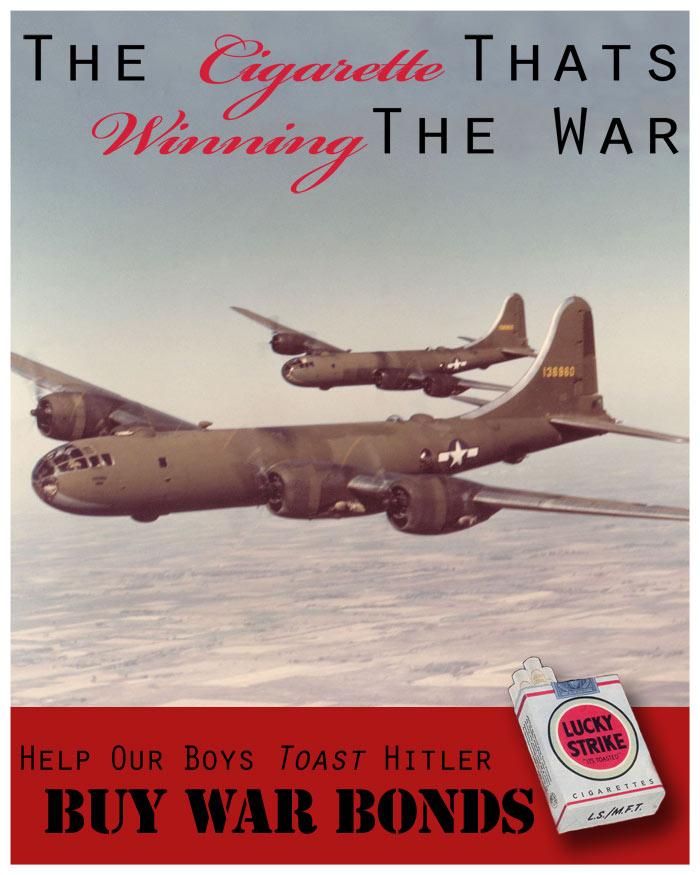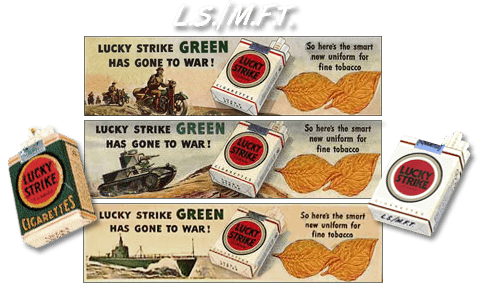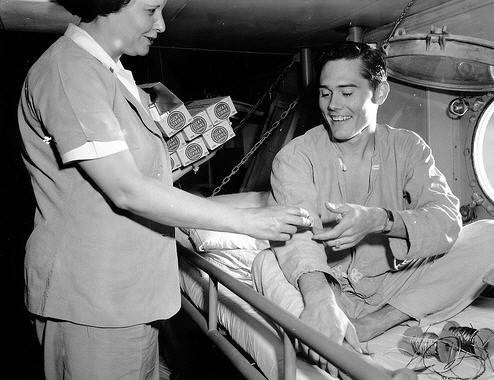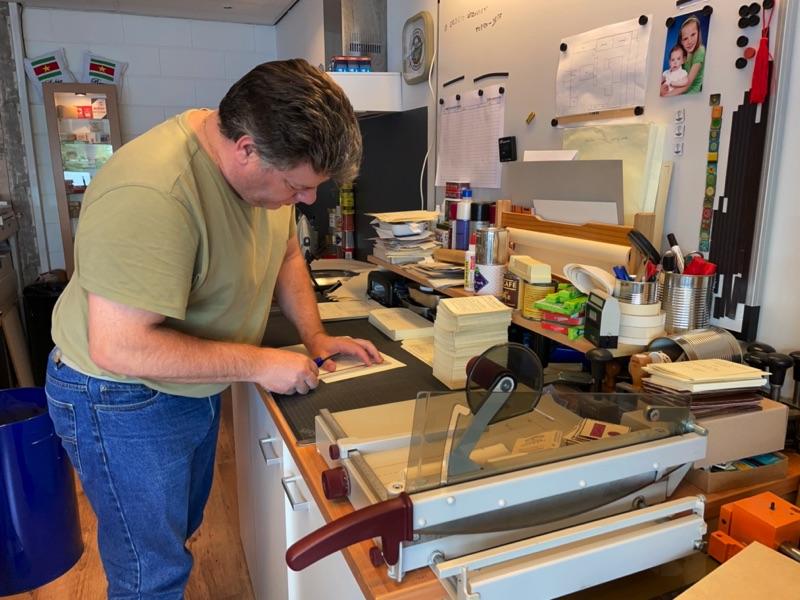
Lucky StrikeLucky Strike was founded by R.A. Patterson in Richmond, Va. in 1871. He used the name Lucky Strike in reference to the Gold Rush days. He manufactured several types of tobacco products and offered them in tins of different sizes and shapes. Everything that would appeal to the tobacco user of the time. In 1903, Mr. Patterson sold Lucky Strike to W.T. Blackwell & Company of Durham, NC. Two years later, in 1905, the American Tobacco Company acquired the stock. After that period, Lucky Strike tins had “R.A. Patterson Tobacco Co. Rich’d Va.” in the outer circle of the Lucky bulls-eye, and “American Tobacco Company, Successor” stamped on the side. Then in 1917, they removed the Patterson name, added “It’s Toasted”, and introduced the new Lucky Strike logo to their tins. They also used the new logo to start a new cigarette brand to compete with other popular brands of the day. Luckies were marketed in the same green pack until 1940. These are the packs you see with the word Cigarettes written in large gold letters under the red bulls-eye, taller on the ends and shorter in the middle.
Lucky StrikeLucky Strike was founded by R.A. Patterson in Richmond, Va. in 1871. He used the name Lucky Strike in reference to the Gold Rush days. He manufactured several types of tobacco products and offered them in tins of different sizes and shapes. Everything that would appeal to the tobacco user of the time. In 1903, Mr. Patterson sold Lucky Strike to W.T. Blackwell & Company of Durham, NC. Two years later, in 1905, the American Tobacco Company acquired the stock. After that period, Lucky Strike tins had “R.A. Patterson Tobacco Co. Rich’d Va.” in the outer circle of the Lucky bulls-eye, and “American Tobacco Company, Successor” stamped on the side. Then in 1917, they removed the Patterson name, added “It’s Toasted”, and introduced the new Lucky Strike logo to their tins. They also used the new logo to start a new cigarette brand to compete with other popular brands of the day. Luckies were marketed in the same green pack until 1940. These are the packs you see with the word Cigarettes written in large gold letters under the red bulls-eye, taller on the ends and shorter in the middle.
In 1940, they changed the word Cigarettes to small white letters. The “Lucky Strike Green Has Gone to War” campaign that began in late 1942. An advertising campaign, which was very successful for the American Tobacco Company. In 1942 the golden borders and side panels were replaced with the colour buff. This because Copper powder was used to make gold ink, but copper was a critical war material in short supply. The green ink also used to print Lucky Strike labels was now running low, with just a three month supply on hand. Chromium, the chemical element used to make solid green ink, was also on the government’s critical list. Then, due to the demand for green pigment for the war effort, and pressure from consumers that disliked the green pack, changed the color of the pack to white in 1942/43. Lucky Strike was spelled out on the bottom of the 1943 white pack. This was a carry over from the green design.

The American Tobacco Company started a new advertising campaign in 1944, “Lucky Strike Means Fine Tobacco”. The L.S./M.F.T was added to every pack. The broad pen strokes that make up the letters are those of George Washington Hill, who ordered them printed on the bottom of every Lucky Strike pack. This slogan was so popular, it was never eliminated from the pack and is still on the Lucky Strike cigarette packs sold today.

Not Available in the Shop?
Custom Orders
If you want something that is not available in the webshop, or if you have original piece of paperwork that you would like to have reproduced, or you want some paper props made for your next movie production, please get in touch me. Then I can see if I can make it for you.


